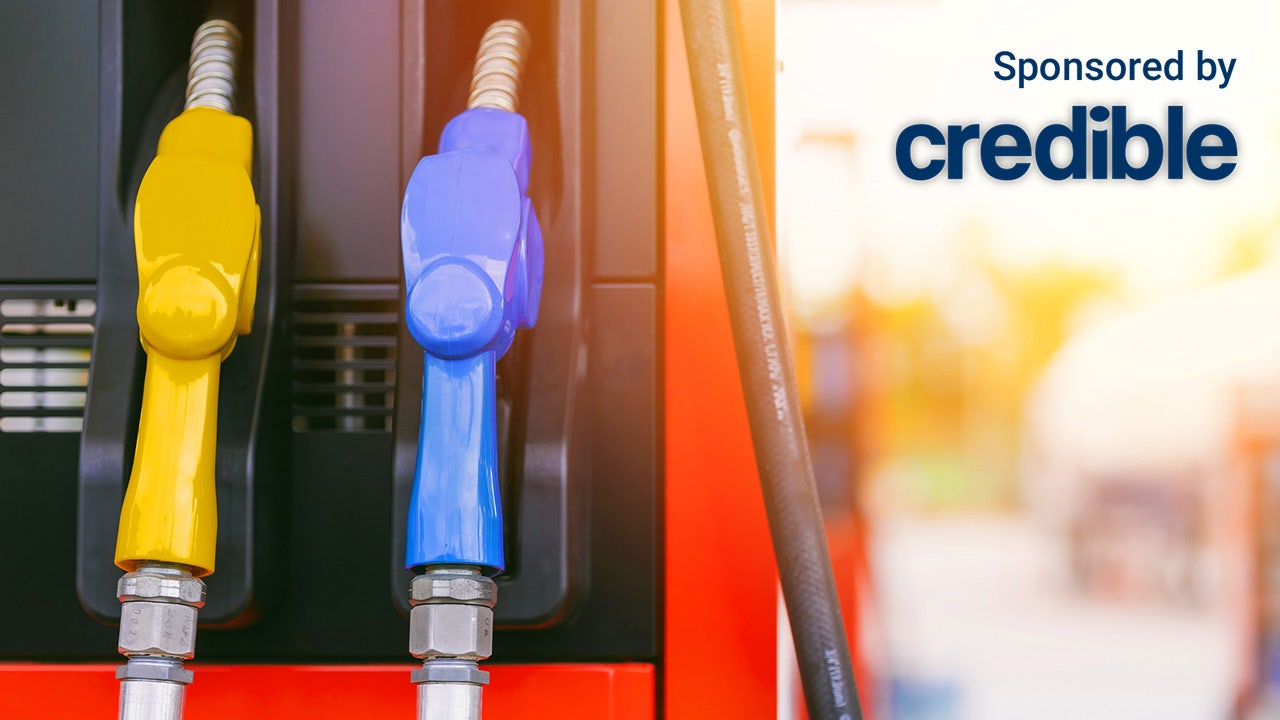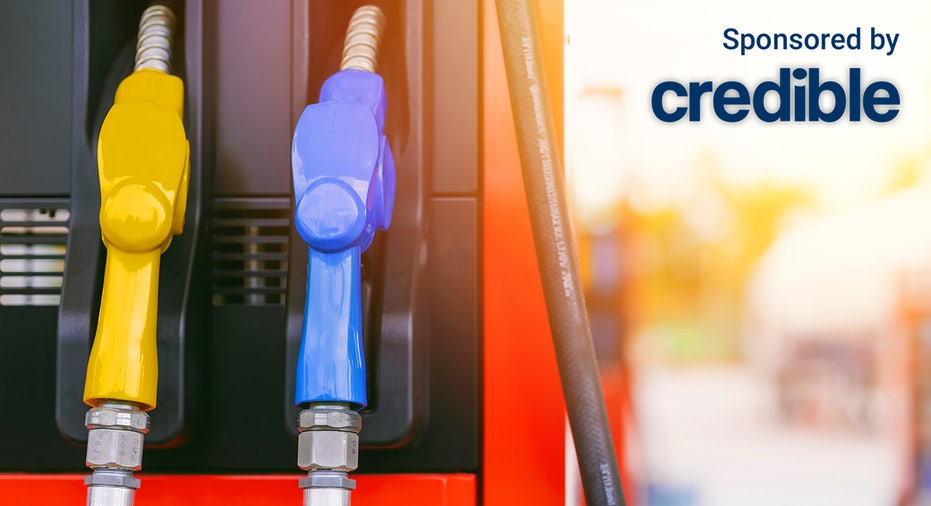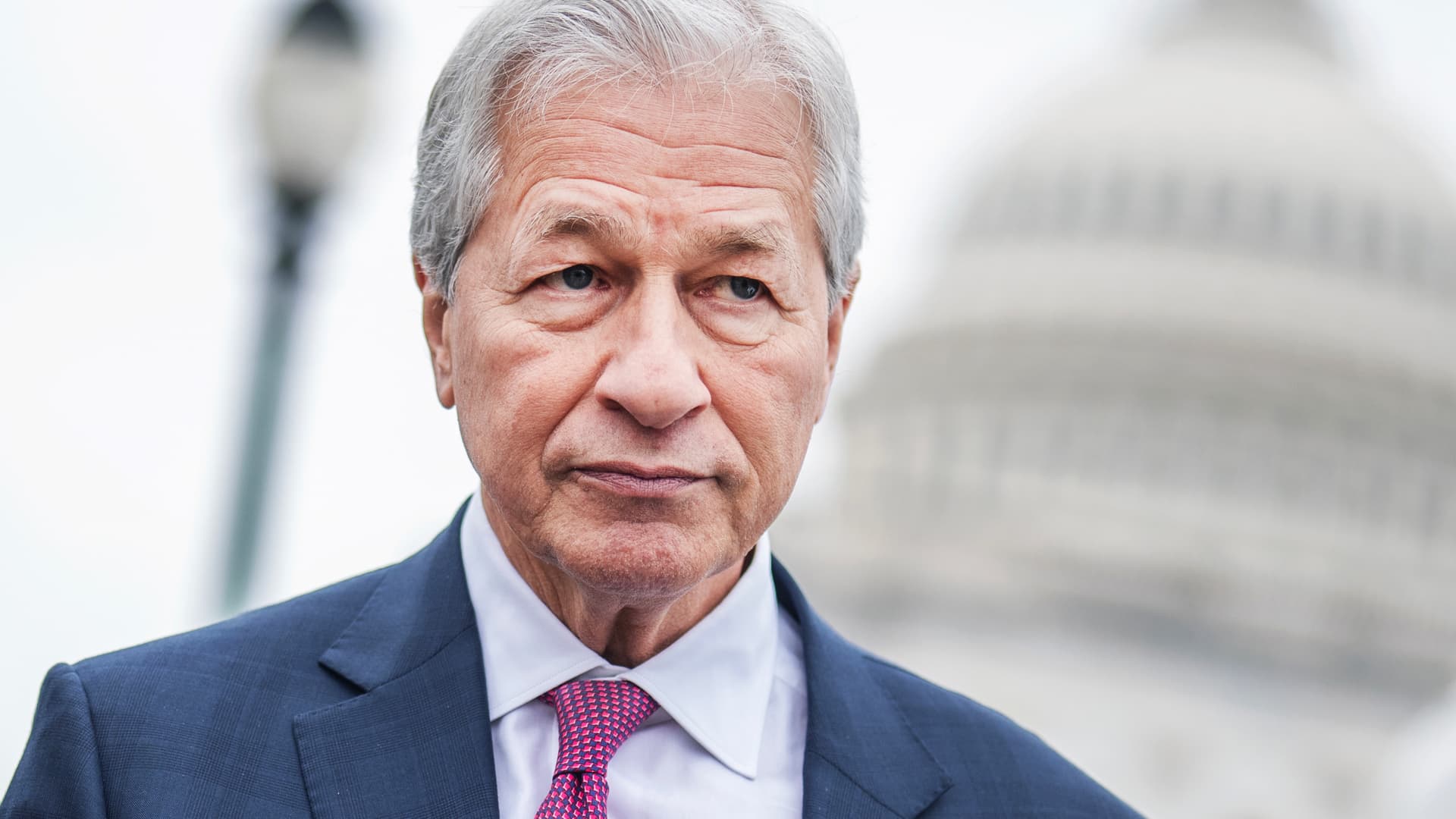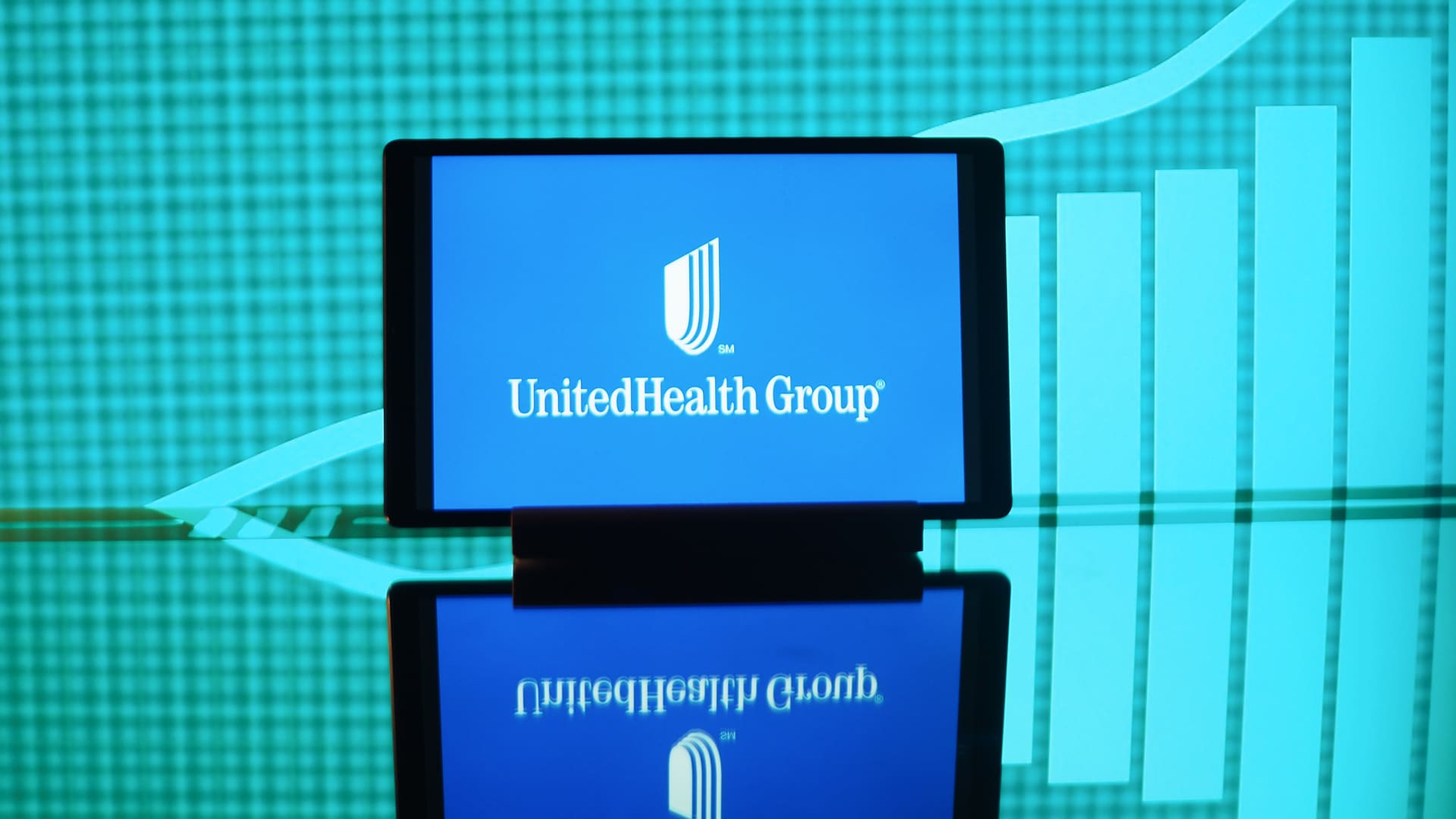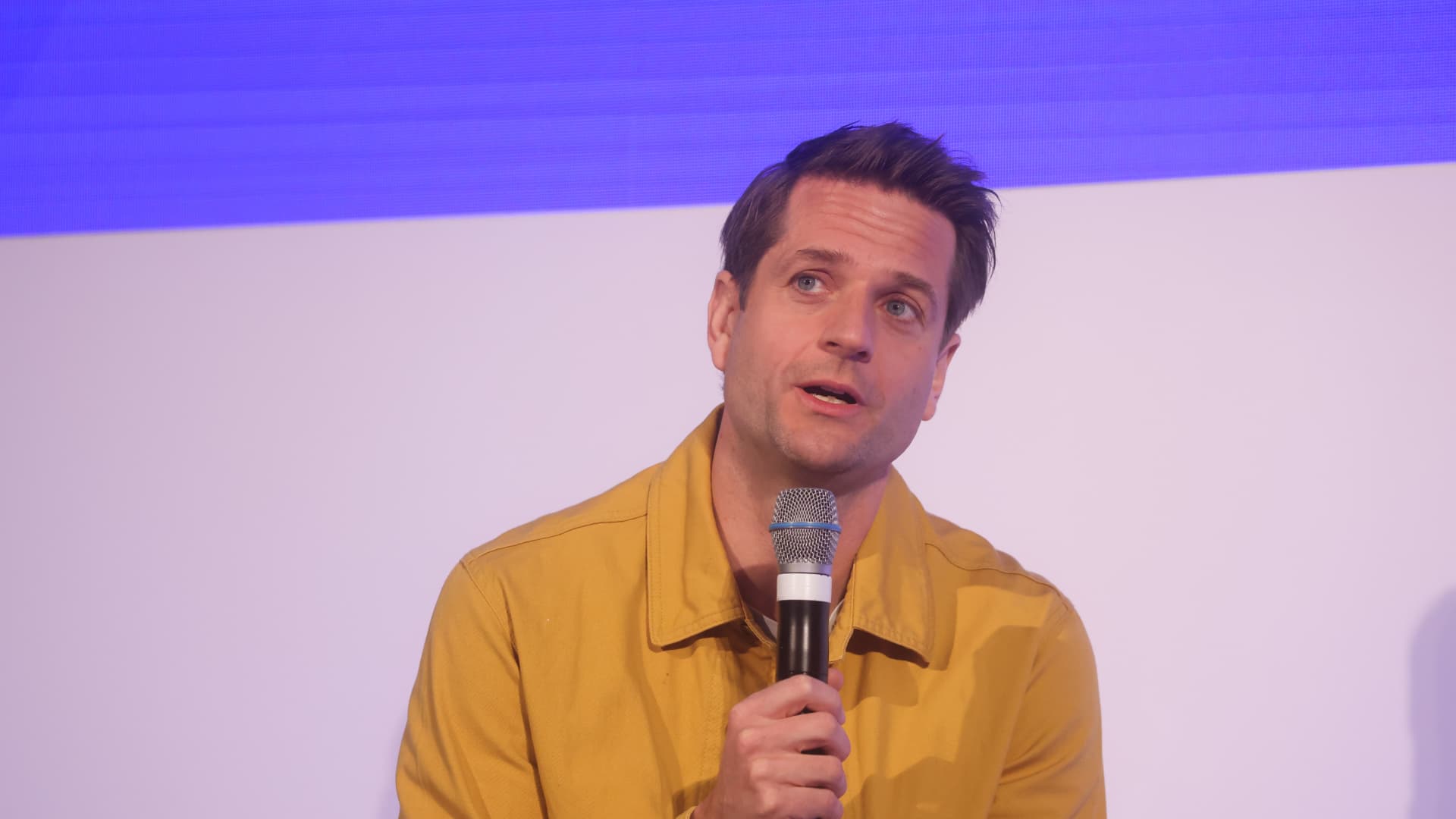The average price for a gallon of gas was $3.67 this week. (iStock)
The average price Americans pay at the pump increased this past week, but by just four cents, AAA reported. Drivers paid an average of $3.67 a gallon, 21 cents more than this time last year.
Prices increased slightly due to a small jump in demand. Data from the Energy Information Administration (EIA) found that gas demand rose from 8.61 to 8.66 million barrels per day last week.
Oil prices decreased, helping to ensure prices didn’t spike too high. Within the last few weeks, tensions in the Middle East have driven oil prices up, but this week, the cost of a barrel decreased into the low $80s.
“The situation overseas with war in both the Middle East and Ukraine has the oil market on edge,” Andrew Gross, AAA spokesperson said.
“But this is also the time of year we may see a bit of a lull in gasoline demand between the end of spring breaks and ahead of Memorial Day. So, the national average for gas may waffle a bit with small increases, some flat days, and even some price dips,” Gross said.
Want to lower your car costs? Comparing multiple insurance quotes can potentially save you hundreds of dollars per year. Visit Credible now to compare quotes free of charge.
A TOP GOAL OF AMERICANS IS TO BUY A NEW CAR, BUILD EMERGENCY SAVINGS: STUDY
The ten least and most expensive markets
Gas prices fluctuate throughout the country. These 10 states have the least expensive prices:
- Mississippi ($3.11)
- Colorado ($3.16)
- Louisiana ($3.18)
- Oklahoma ($3.22)
- Arkansas ($3.23)
- New Mexico ($3.26)
- Tennessee ($3.26)
- Kansas ($3.26)
- Alabama ($3.27)
- South Carolina ($3.27)
At the other end of the spectrum, these are the states with the highest gas prices:
- California ($5.45)
- Hawaii ($4.78)
- Washington ($4.67)
- Nevada ($4.63)
- Oregon ($4.44)
- Alaska ($4.37)
- Arizona ($3.13)
- Utah ($3.96)
- Illinois ($3.96)
- Idaho ($3.93)
Dealing with high gas prices can take a toll on your budget. While you can’t change gas prices, consider looking for lower car insurance rates. Use a tool like Credible to shop around and lower your car insurance premium today.
DRIVERS WANT EMBEDDED INSURANCE OPTIONS WHEN THEY BUY A CAR: SURVEY
Used and new vehicle prices are down
Car prices are still high, but both new and used vehicle prices have dropped in the last few months. Wholesale prices for used vehicles decreased by 1.9% during the first half of April, Cox Automotive reported.
The Manheim Used Vehicle Value index, which tracks the price of used cars, fell by 13.7% to 199.2. This index hasn’t fallen below 200 since March 2021, so it appears the effects of the pandemic had on the auto industry are starting to wear off.
Buyers looking to buy brand-new vehicles will find slightly lower prices at the dealerships. The average cost of a new car is $47,244, which is higher than in February 2021, but lower than January of this year, Kelley Blue Book reported.
“While everyone may applaud that prices are coming down, even marginally for the moment, affordability is still challenging the market,” Erin Keating, an executive analyst for Cox Automotive said.
“Most shoppers have not seen their incomes increase as quickly as vehicle prices, so the new-vehicle market remains a challenge,” Keating stated.
If you’re in the market for a new car, make sure the auto insurance rates you get are within your budget. With Credible, you can compare rates and lenders with the click of a button.
NEW CAR PURCHASES ARE ON THE RISE, BUT THERE ARE INSURANCE IMPLICATIONS
Have a finance-related question, but don’t know who to ask? Email The Credible Money Expert at [email protected] and your question might be answered by Credible in our Money Expert column.

 Accounting1 week ago
Accounting1 week ago
 Finance1 week ago
Finance1 week ago
 Economics6 days ago
Economics6 days ago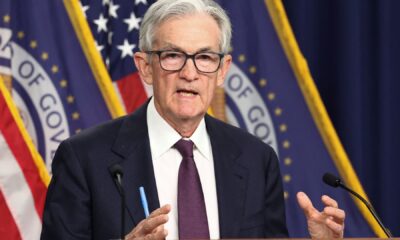
 Finance1 week ago
Finance1 week ago
 Economics1 week ago
Economics1 week ago
 Economics1 week ago
Economics1 week ago
 Personal Finance5 days ago
Personal Finance5 days ago
 Economics4 days ago
Economics4 days ago
